Lesson Three: The Concept of Centering
Today, everywhere I turn I hear “stay centered,” “be mindful,” “just breathe.” The first time I encountered these concepts I was in the studio listening to the clay. “Centering” became the single most important thing I was trying to understand. I had taken the first serious step toward a life in clay. I had committed. I had opened a studio and I was spending seven days a week with one purpose: to understand centering.
As I discovered clay in art history, I could see that not all pots were round, not all pots were made on the wheel, and that there was a beauty in something beyond a well centered pot. I, however, could not move forward without being able to understand centering. I knew the wheel was an important tool, but I couldn’t make it work.
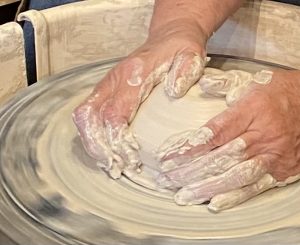
I’ve been working in clay for more than 45 years. Centering permeates my life. When I start to get off center as my day unfolds, I begin to get rattled. I become exhausted and frustrated. Twenty minutes in the studio and I find my way back. The wheel is an important tool. It helps to illustrate the importance of balance and gives me the ability to experience the positive and negative forces visually, and more importantly with my sense of touch.
To center the clay I must be centered. I have to relax, let my mind clear and listen. I like a quiet studio to start the day and I begin to listen to the beat of my own heart and the rhythm of the wheel. I stay still in my mind and my body, and using no force, but being completely present, my hands begin that precious conversation with the clay. Always staying aware of the speed of the wheel, the strength and gentleness of the clay, and of my own strengths and weaknesses, I begin to balance the moment with the clay. I need to be aware of how my energy moves the clay up or down; I need to keep even moisture on the clay satisfying its thirst but never letting it feel like it is drowning. My body needs to be relaxed and open and I need to be aware of the body language of the clay. Is the clay being part of the experience or am I overpowering it? Am I being weak and letting the clay just spin out of control? Simply being aware, present and never forcing the moment will bring the clay on center within a few moves.

Touch. What a gift from the clay. It is touch that makes working in clay a most sensual, sensitive and profoundly intimate experience. I first honed my sense of touch through throwing on the wheel. Soon, touch became my super sense. Whether I’m hand-building, mixing up a slip, turning the page on a book or washing the dishes, my sense of touch takes me into a deeper experience. I communicate with the world around me through my eyes certainly, but also through my hands, through touch. I become aware of all things first through my head or thought, then through the magic of touch in my hands and finally it circles to my heart.
Once I started to understand that everything is connected and we are all part of the world around us, respect for all things became second nature. Learning to center clay gave me the focus and desire to pursue my life through art, to find my own center and live a life filled with the awareness of how ordinary experiences make extraordinary days. Through touch, potters form the clay and the world around them. I believe one of the greatest gift’s potters pass to the world is the ability to let a mark or movement be held in the clay during and after the making. The marks left in the clay by the potter can show a strong sense of being touched. By capturing the moment of making and holding it in the finished piece forever the potter reaches out to the world. When we pick up and touch a piece pottery, we touch the maker and in turn the maker touches us.


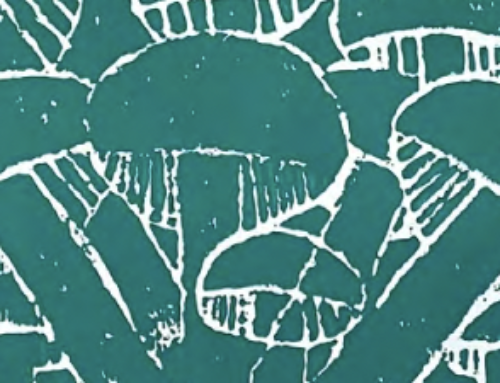
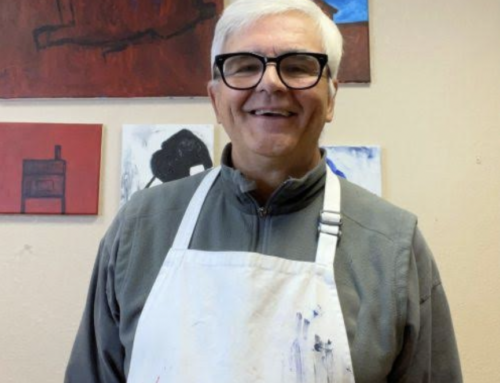

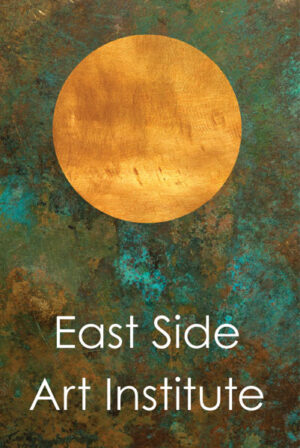
Leave A Comment